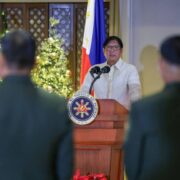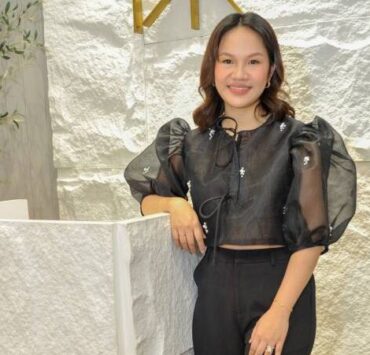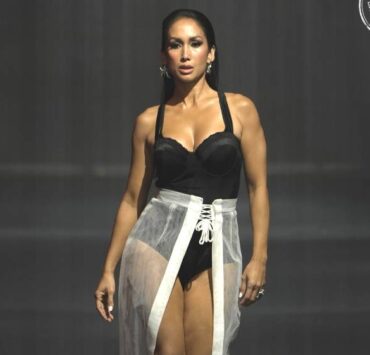PH fashion redefines masculinity, challenges gender norms
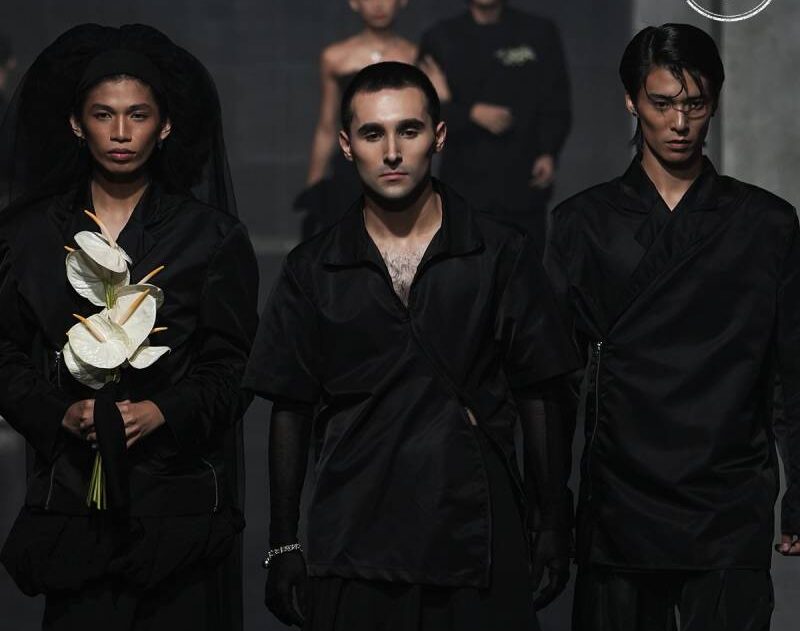
As local fashion continues to evolve, it’s increasingly mirroring the boundary-pushing trends seen on Western runways. Men’s fashion, in particular, is undergoing a significant transformation, with voluminous skirt suits, skorts, asymmetric necklines and soft fabrics becoming more prevalent. This shift is not merely a fashion statement, but a reflection of a broader cultural movement challenging traditional gender norms and promoting greater liberalism.
Celebrities such as David Bowie, Prince, Harry Styles, Timothee Chalamet, Jimin of BTS and Ezra Miller have played a pivotal role in popularizing this trend, inspiring their fans to experiment with their wardrobes. Last year, actor/singer James Reid created a buzz when he modeled a sheer sleeveless top over a pleated skirt and loose pants for the brand Antonina.
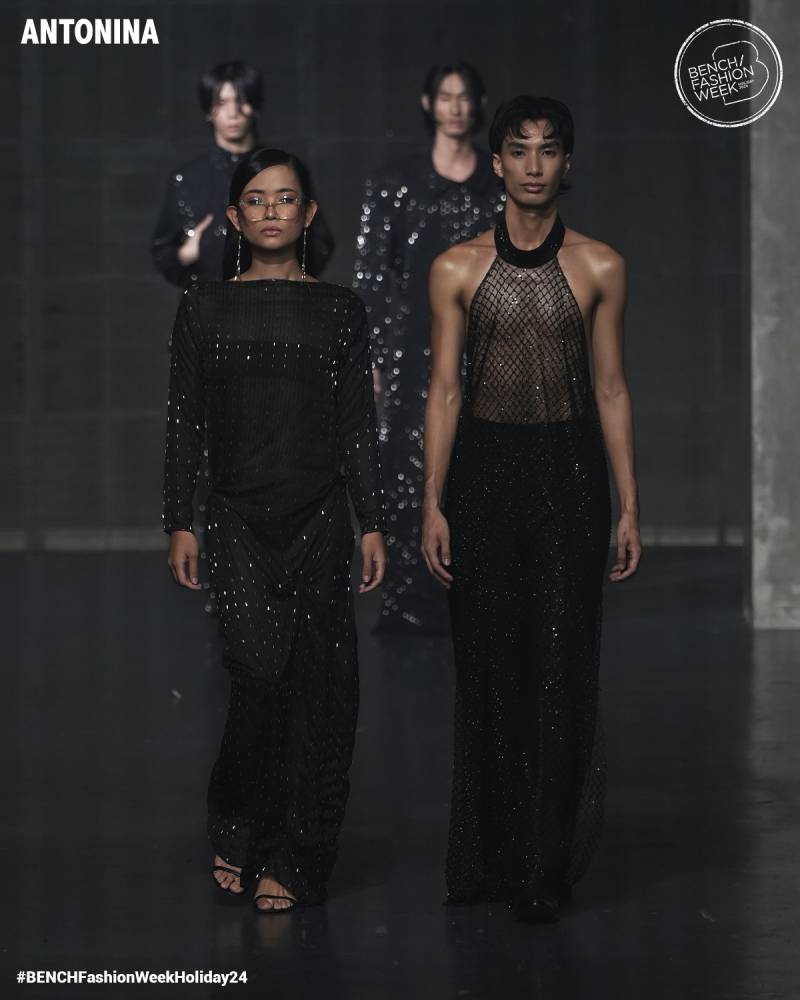
Recent events, such as Bench Fashion Week Holiday 2024, have further showcased this trend, with designers producing gender-bending clothes for the heterosexuals and gender-neutral looks that aligned with the wearers’ gender politics.
Antonina “Nina” Amoncio, a designer who has embraced this trend, observed, “I’ve seen men wear skirts over pants. I think they’re heterosexual because they have girlfriends. They see fashion differently.”
Her statement highlights the growing acceptance for diverse fashion choices, regardless of gender identity or sexual orientation.

Japanese gender-bending
Anthony Ramirez, known for his womenswear, made a bold statement with his first menswear collection, drawing ideas from the Japanese cartoons of the ’80s and ’90s. The collection featured an anime-inspired school boy uniform worn by both a male and a female. Ramirez put a contemporary spin on the classic dress suit by exaggerating proportions—think oversized blazers paired with loose, flowing pants or sleeveless, one-shoulder soft tops typically worn by women.
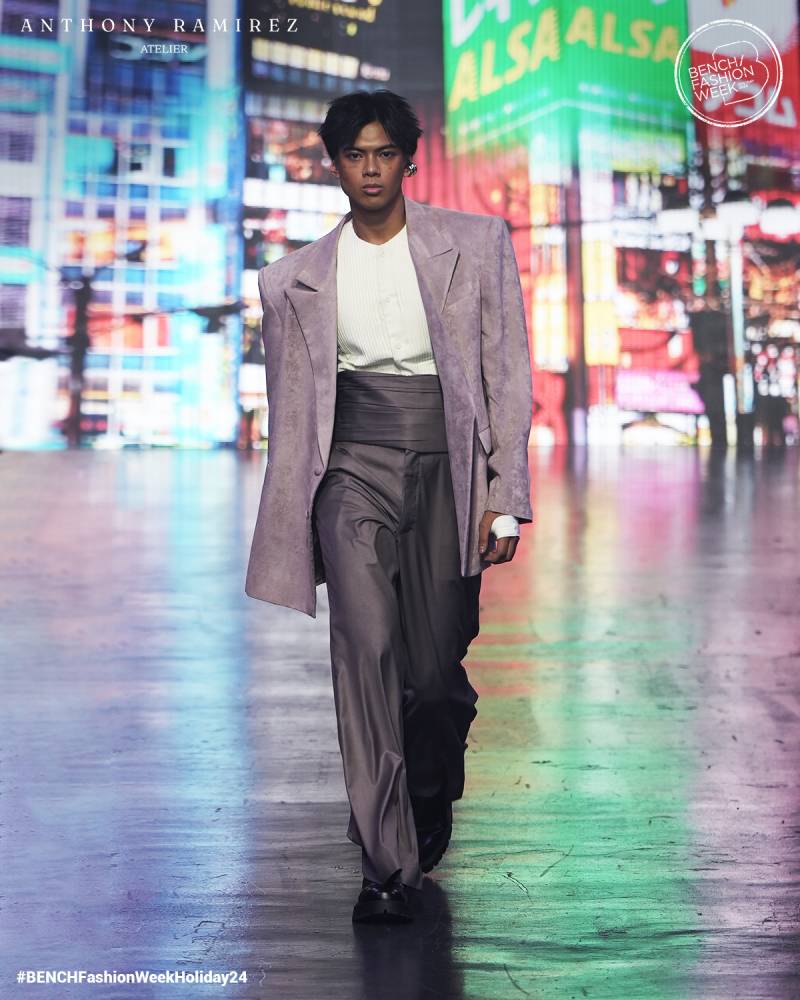
To avoid being perceived as effeminate, Ramirez incorporated masculine elements such as broadened shoulders, wider lapels and the use of leather. He noted that genderless fashion has been gaining popularity in Asia, particularly among young Japanese heterosexuals since the late 2010s and K-pop stars who have dared to experiment with their style.
One of the most innovative aspects of Ramirez’s collection was his take on a new fabric. He credited Rodolfred Manzano of Reborn 51 for introducing him to Aircool mesh, a breathable fabric traditionally used for T-shirts and basketball uniforms, to create coats and suits. The fabric was dyed using sublimation, a technique that transfers color by heat.
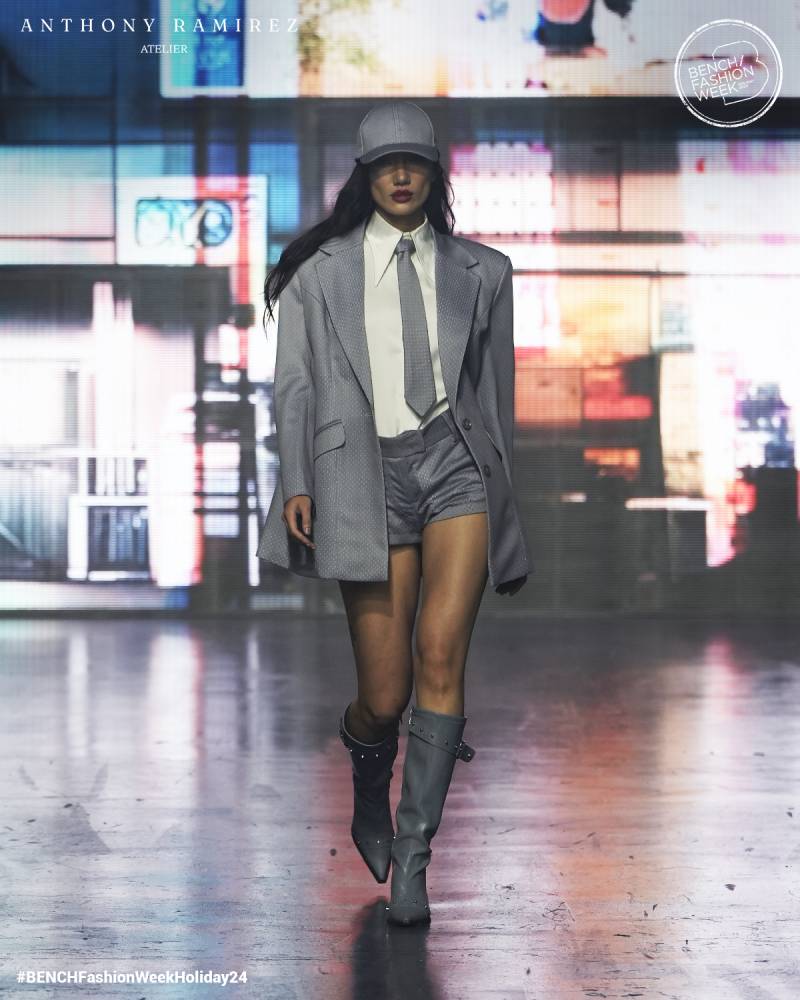
“I couldn’t find the exact shades I wanted, so I created my own,” Ramirez said. “There’s a distinct streetwear element in my fashion.”
Ultimately, Ramirez’s collection was about comfort, bold individuality and pushing the boundaries of traditional menswear.
Reimagined bridal wear
Amoncio’s bridal collection challenged tradition by creating unconventional silhouettes and gender-bending designs. One notable look featured the bride clad in a sheer, black beaded gown with exposed undergarments, while her groom wore a black mesh halter neck top and flowing loose pants—which can be worn by women.
In contrast, another bride wore a creamy, shirred mesh dress that ended below her derriere, as her groom marched in a matching shirred mesh top with floor-length sleeves and fluid pants.
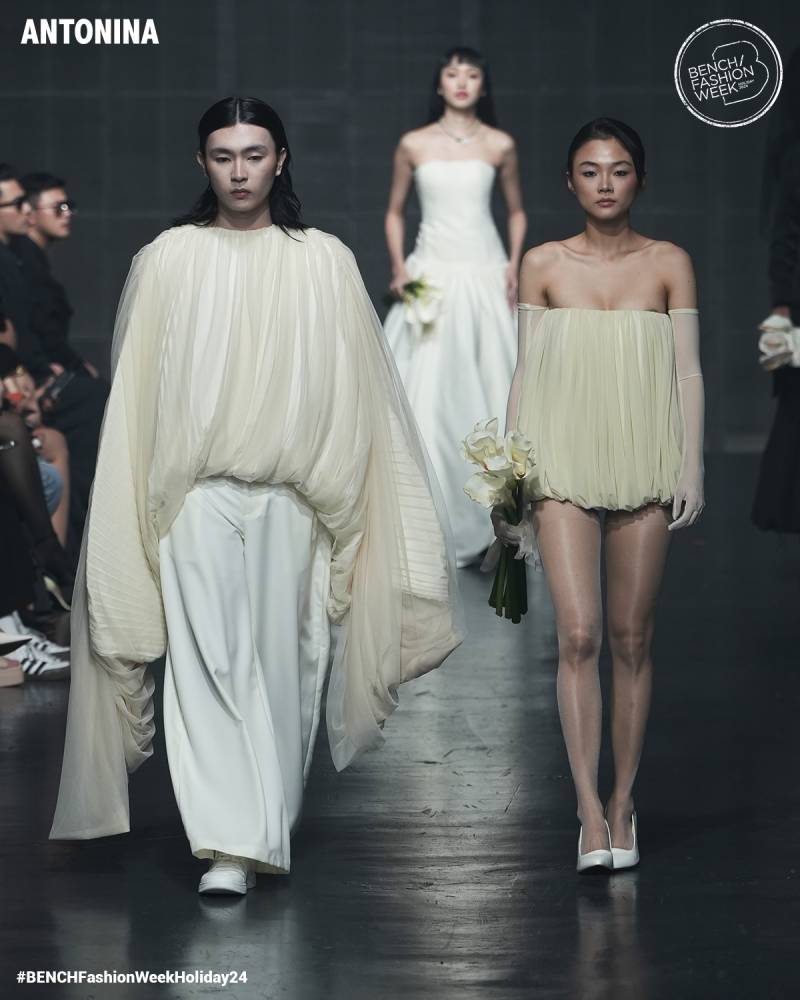
Amoncio’s namesake brand, Antonina, intentionally deviated from the conventional white bridal ballgown and men’s suit. “We showcased a lot of skin and presented the unusual side of weddings,” the designer explained. “It’s relatable for people who aren’t interested in extravagant silhouettes.”
As Bench Designer of the Year in Menswear 2019, Amoncio has consistently pushed boundaries. She introduced velvet, once considered taboo in humid weather, as a fabric for bridal wear. Additionally, she adorned men’s clothing with sparkling beadwork, using boro, a Japanese hand-stitching technique, to create unique and visually striking pieces. Instead of traditional threads or crochet yarn, Amoncio employed rice and glass beads to mimic running stitches and add character.
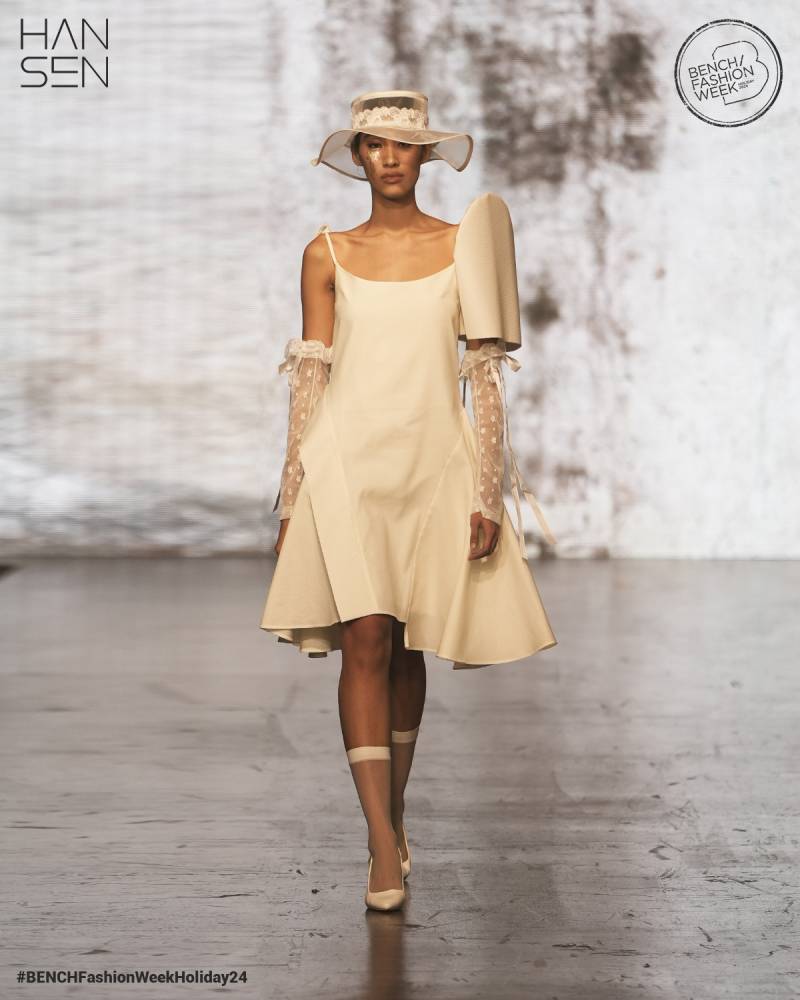
Another highlight was the use of men’s wrap-around tops paired with skirts over pants, creating a more contemporary look. While women wearing boxy men’s suits may not be entirely new, the collection took on a more significant meaning when the female models represented the LGBTQ community. “We want to break barriers,” she asserted.
Inspired by Markova
Bon Hansen’s collection was a thought-provoking exploration of gender fluidity, drawing inspiration from both personal experiences and the film “Markova: Comfort Gay” (2000). The film, starring the late Dolphy, tells the story of Walter Dempster, a queer forced into sexual servitude during the Japanese occupation.
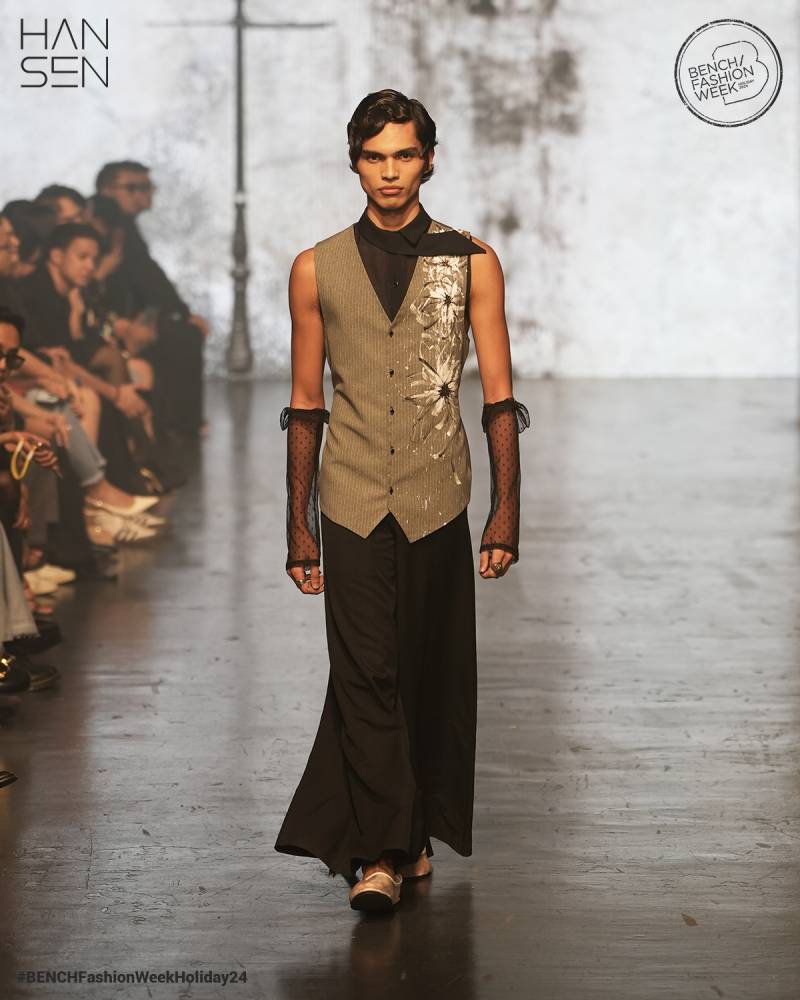
The theme, “Pagkatao” (Identity or Inner Self), referenced a scene in the film where the young Dempster is splattered with blood when his older brother vomits blood after a drinking spree and dies. Instead of grieving, Dempster feels a sense of liberation from his brother’s bullying.
Hansen interpreted this moment as a turning point where Dempster could finally come out. The blood splatters in the film became hand-painted flowers and blotches on Hansen’s designs, symbolizing freedom and self-expression.
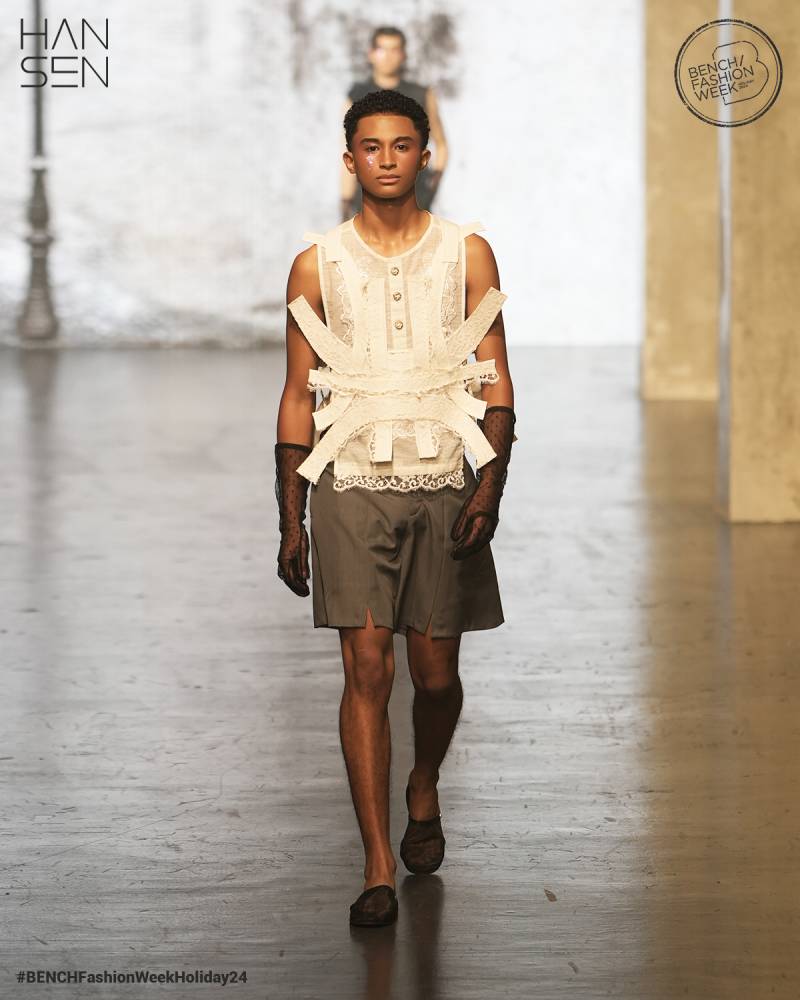
The collection also evoked elements from another scene, the Santacruzan. Long-sleeved, ribbon-tied shirts with tucks referenced Constantino, the son of Reina Elena, while a male model in a slip dress with half a terno sleeve alluded to the Sagala. Hansen could relate to these references as his home province, Rizal, holds a Santacruzan where gay men are often celebrated as the pageant queens.
He likewise presented his signature Kalabaw Bib, strips sewn to create abstraction of the carabao (water buffalo) and its horns. An eye-catching accessory, the Kalabaw Bib has increasingly been ordered.
Hansen’s seven years of teaching menswear at the Fashion Institute of the Philippines provided him with the savvy to design pieces that are both unique and wearable.









